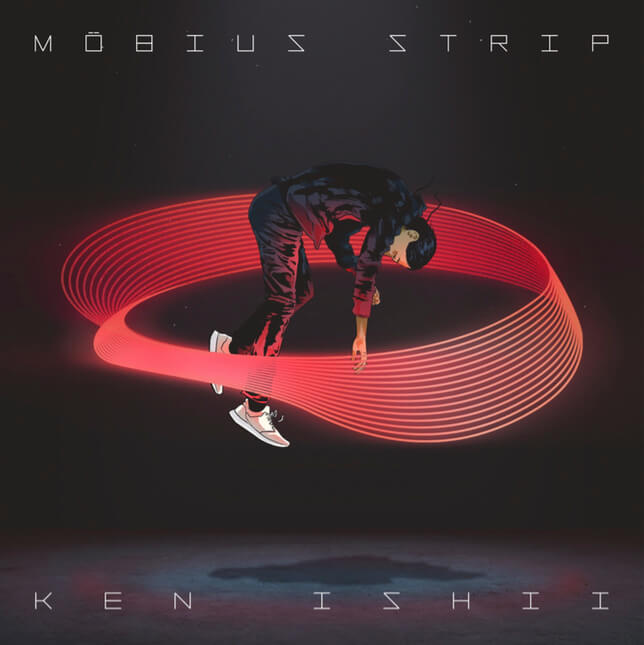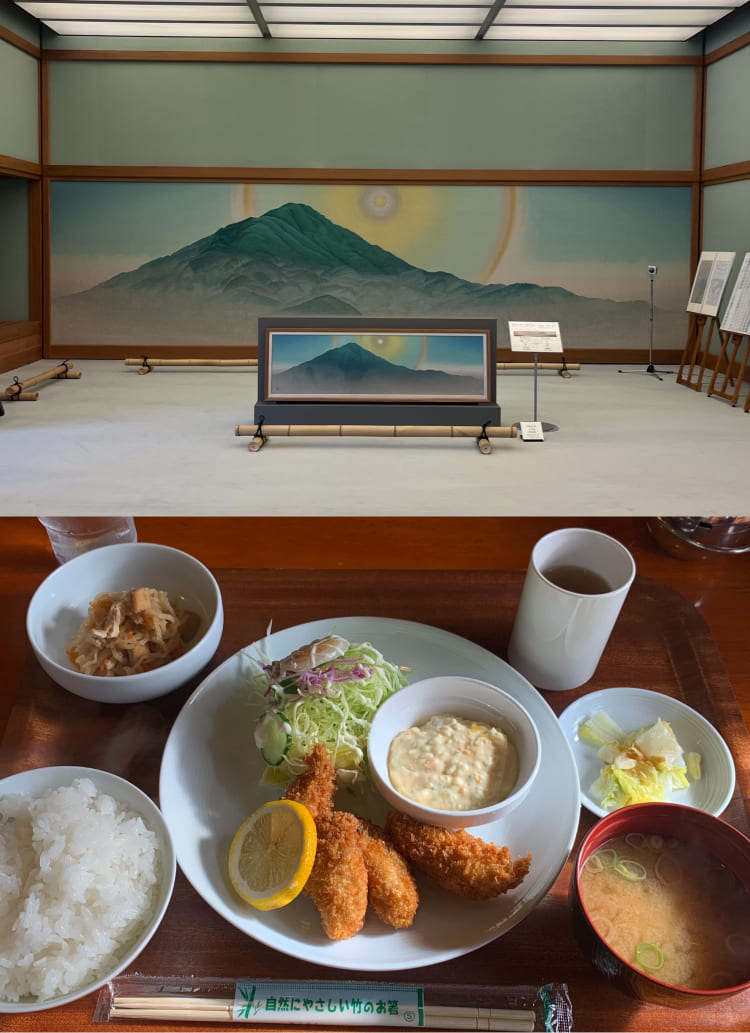PROFILE

Born in Hokkaido, Japan in 1970, he made his debut in 1993 on the prestigious Belgian label "R&S Records" and reached No. 1 on the techno charts of the British music magazine "NME" In 1996, the music video for the single "EXTRA" directed by Koji Morimoto, the animation director for the movie "AKIRA", won the British MTV DANCE VIDEO OF THE YEAR" in the UK. In November 2019, they will release their first full-length album in 13 years, "Mobius Strip".
PROFILE

Born in Nagasaki in 1972, he began making shoes on his own in 1994 while still a student at Tama Art University. In 1997, he changed his brand name to MIHARAYASUHIRO, and has been presenting both men's and women's collections since the 2000 Spring/Summer season, both in Japan and abroad. For the Spring/Summer 2020 season, the brand will present a collection that pays respect to underground and minor culture under the theme of "JUSTIFIED ERROR".
I missed the techno scene of the 90s.
I was honestly surprised when I heard that the two of you are old acquaintances. When did you get to know each other?
KEN ISHII:That's right, we were both still in our early twenties, right?
Mihara:I was really young. I don't know what's going on with techno these days, so I wanted to ask Kenken about that. Oh, I call him Ken Ken.

KEN ISHII:Mihara-kun is the only one who calls me that (laughs). But that's not what we're talking about today, is it?
Mihara:No, that's what I want to hear.
I heard that techno from the 90s was an element of inspiration for "Maison Mihara Yasuhiro's" Spring/Summer 2020 theme of "Justified Error".

Mihara:Nowadays, AI and technology are advancing so much, aren't they? But are humans evolving in the same way? I don't think so. When Kenken came to the forefront in the 1990s, it was a time when people were creating something with their hands through trial and error, and they had no idea what kind of music was going to be born next. I really missed the atmosphere of that era.
For example, Kenken's very first album, "Garden Onn The Palm (R&S Records / 1993)" was called "intelligent techno," and from there, derivative music such as listening and chill-out music was born one after another.
After a few years, the songs became more and more dance music-specific and made people dance. At that time, Kenken said something like, "You can make hundreds of people dance in a club, but you can only make tens of thousands of people dance on a big stage at a festival," and I thought, "That's a techno-god! I thought to myself.
All:LOL!
Mihara:I had been pursuing various kinds of dance music since those days, and I was already a maniac. He was a craftsman, tinkering with modular synthesizers to create his own unique tones. Even the sound of the drum set was unique to KenKen. That kind of sound creation was original. Now I'm really interested in that sense of the times.
I see.

Mihara:Nowadays, AI is replacing human work, and on the other hand, troubles caused by humans are treated like bugs in the system, which reminded me of techno at that time. In the future, I feel that the unclear music scene of the 90's is important.
KEN ISHII:I totally understand what you're saying.
Mihara:There was a Roland TB-303 at the time, and it was said that the so-called acid sound was created because the knobs on it were unstable. I thought that kind of bug was very human-like.
KEN ISHII:That's right. It was originally released for playing bass lines, but at first people didn't pay attention to it because they thought it was useless. But then DJs and punks in Chicago discovered that it made a weird sound, and they put it on house music, which was cool, and it spread rapidly. There was a lot of that going on in the music world.










